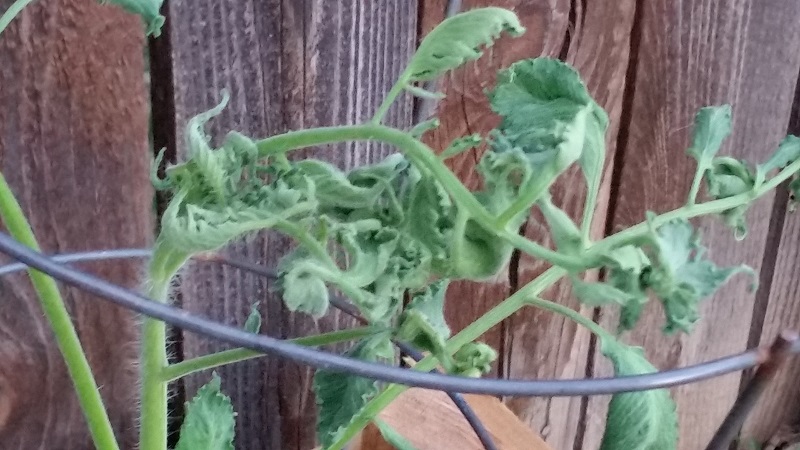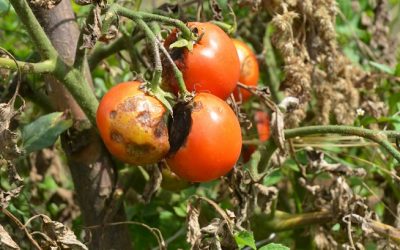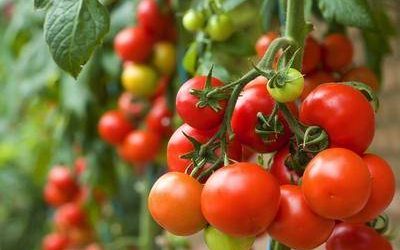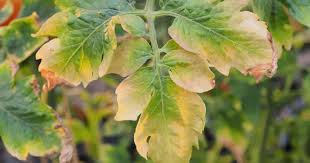Identifying plant Stress in your crop yield

Plant stress is a state where the plant is growing under non-ideal growth conditions that increase the demand made upon it. The effects of stress can lead to deficiencies in growth conditions, crop yields, permanent damage or death if the stress exceeds the plant tolerance limits. Plant stress can come in different forms and durations. Some plant stressors are naturally occurring; like drought and wind while others may be as a result of over irrigation or root disturbances.
Plant stress measurement is the quantification of environmental effects on the plant health. When plants are subjected to less than ideal growing conditions, they are considered to be under stress. Stress factors can affect growth, survival and crop yields. Plant stress research looks at the response of plants to limitations and excesses of the main abiotic factors such as light, water, temperature and nutrients and of other stress factors that are important in particular situations e.g. pests, pathogens or pollutants.
Categories of plant stress factors are Abiotic and Biotic factors.
Biotic stresses
They include:
1. Pathogens which cause diseases such as fungi, bacteria, viruses, and nematodes. Pathogens can affect translocation of water and nutrients through the vascular system of the host plant. This can affect aerial parts of the plant or account for poor uptake of nutrients and water due to diseased roots. Consequentially sluggish translocation through the vascular system will in itself lead to wilting and chlorosis, and possibly necrosis, ‘upstream’ of the disease location. Most, if not all, infectious diseases increase respiration, this being a general reaction of the plant to most types of stress.
Insects which feed on plants may cause problems by damaging plant tissues which are essential for plant growth. Most of them feed on the photosynthetic food substrate of the plant by sucking the cell sap causing plant stress.
2. Weeds that compete and interfere with plant production by competing with the nutrient uptake and water. This eventually leads to nutrient deficiency in plants.
Abiotic stresses
They are the negative impact of non-living factors on crops and animals; they are environmental rather than biological. The non-living variable must influence the environment beyond its normal range of variation to adversely affect the population performance or individual physiology of any plant in a significant way.
They include:
3. Water stress: A plant requires a certain amount of water for optimal growth; too much water can cause plant cells to swell and burst, whereas too little water can lead to desiccation.
4. Drought, Sunlight or Wind Damage: Besides the direct effects of drought, a plant under stress becomes more susceptible to insect and disease problems that can attack a weakened plant. The time required for drought injury to occur depends on the water-holding capacity of the soil, environmental conditions, stage of plant growth, and plant species.
5. Soil Compaction: Due to the increase in bulk density, the porosity of soil decreases. Large pores called macro pores which are essential for water and air movement in the soil, are primarily affected by soil compaction. Research has suggested that most plant roots need more than 10 percent air-filled porosity to thrive for water and mineral absorption. Failure to do so makes them stunted.
6. Nutrient deficiencies and excesses: Nutrient deficiencies cause symptoms such as leaf yellowing or browning, sometimes in distinctive patterns. This may be accompanied by stunted growth and poor flowering or fruiting. Excess nutrients may become toxic for the plant. These conditions may lead to plant death if not corrected in time.
Tomato Magnesium Deficiency
Salinity and Heavy Metals: Salts in the soil water may inhibit plant growth for two reasons. Firstly, the presence of salt in the soil solution reduces the ability of the plant to take up water, and this in turn leads to a reduction in the growth rate.
Improper Soil pH: Soil pH affects the availability of plant nutrients. Nutrients are most available to plants in the optimum 5.5 to 7.0 range.
Temperature Stresses: Too high or too low temperatures can negatively impact a plants growth and lifespan. Cold weather may affect the amount and rate of uptake of water and nutrients and hot weather can affect the permeability of plant membranes.
A host of abiotic and biotic stressors can work for causing a perfect storm of catastrophic losses. Abiotic stress is the most harmful factor concerning the growth and productivity of crops worldwide. Research has also shown that abiotic stressors are at their most harmful when they occur together, in combinations.


